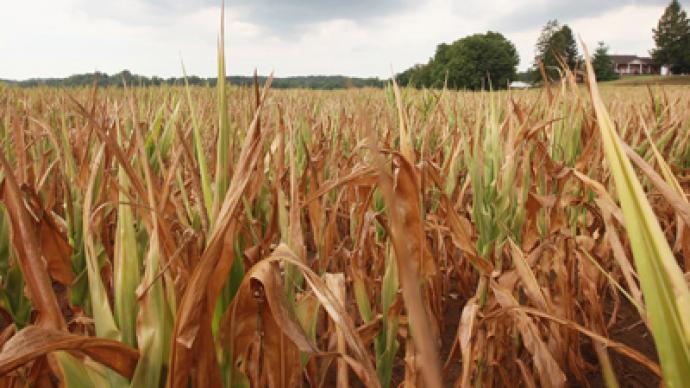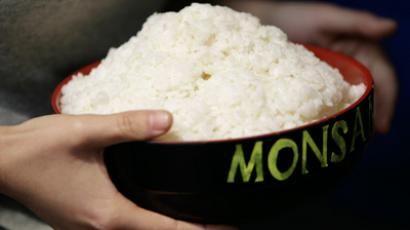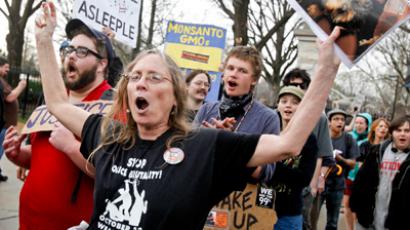US drought might lead to food shortages and global unrest

Rising food prices and global unrest might ensue from this month’s worst US drought since the 1934 Dust Bowl, with 64 per cent of the country desperately hoping for rain.
Predicted to last until October, the drought is foreseen to devastate US harvests, which would significantly affect global prices on corn, wheat and soybeans, of which America is the world’s largest exporter.Worldprices for these foods have already reached record levels, and will continue to affect developing countries the most – especially those relying on agricultural imports.A speculator amplified food price bubble might also contribute to the global catastrophe. When investors bet on food prices, the drought’s market signals are augmented, say researchers from the New England Complex Systems Institute (NECSI).“The drought is clearly going to kick prices up. It already has,”said NECSI president Yaneer Bar-Yam.“We’ve created an unstable system. Globally, we are very vulnerable.”In the late 1990s, food markets were deregulated, allowing hedge funds and investments banks to bet on prices, thereby making markets prone to sudden, massive fluctuations.Additionally, NECSI found that biofuels are also responsible for a gradual rise in prices.The NECSI’s mathematical model of global food market behavior anticipated a new food bubble in early 2013, before taking into account the recent drought.Now, the forecast is even darker.“The drought may trigger the third massive price spike to occur earlier than otherwise expected, beginning immediately,”wrote the NECSI team.But Bar-Yam is uncertain about the extent of the resulting global unrest that he deems likely. Some Middle East experts claim that previous food price surges triggered the Arab Spring, worsening existing tensions.“I think the analysis has merit. The food prices did disturb things. The legitimacy of the government was undermined,”said political geographer Charles Schmitz.According to the NECSI, price spikes in 2008 caused a Yemeni uprising that led to food riots and widespread violence.That same year, people had been killed in Haiti over the doubling of the price of rice, and government rice warehouses were looted.The 1934 drought, combined with dust storms that destroyed millions of acres of crops, left 80 per cent of the US in moderate or greater drought and food shortages.“The impact is like a shovelful of fine sand flung against the face,” Avis D. Carlson wrote in a New Republic at the time. “We live with the dust, eat it, sleep with it, watch it strip us of possessions and the hope of possessions.”But at a time when much of the world relies on the US for agricultural products like corn, wheat and soybean, the impact could lead to increased global hunger and violence.Droughts and negative market speculations may leave developed countries in the dust as US agriculture exports gradually decrease.














